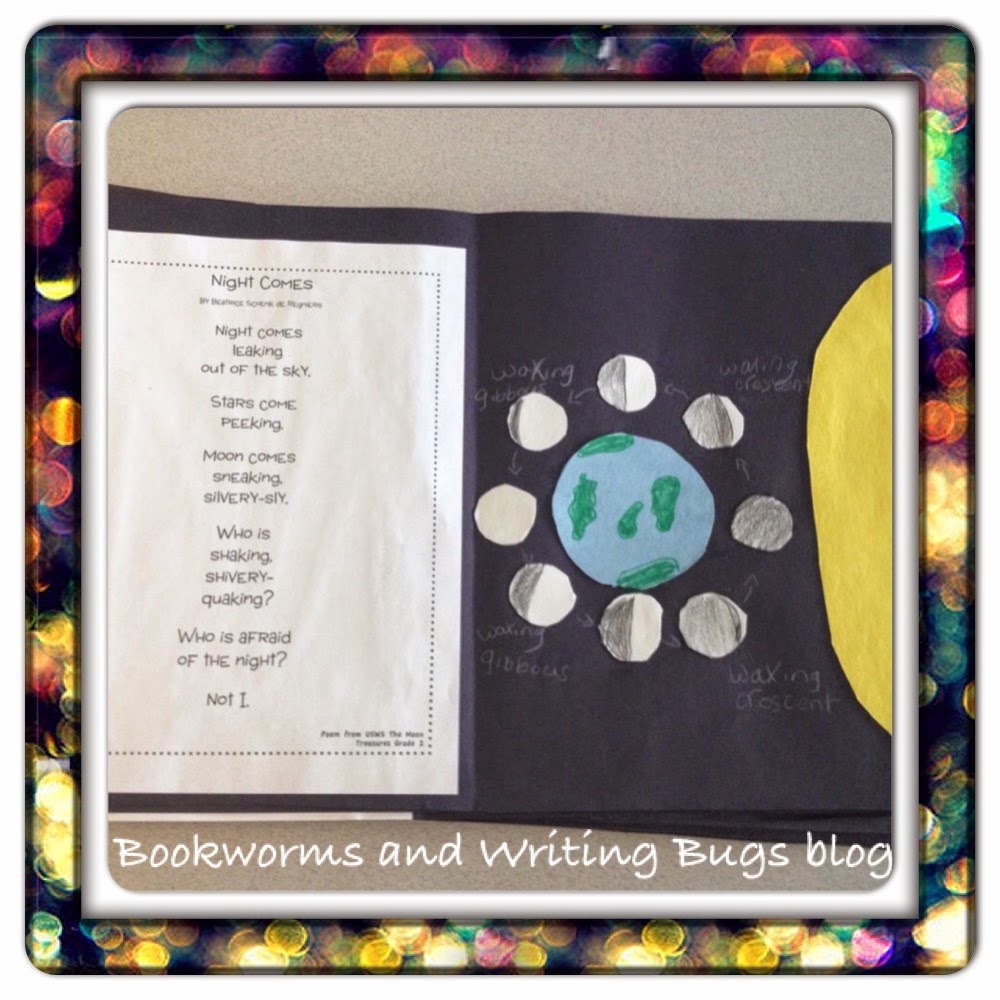It is awards season! And no, I am not talking about the Golden Globes, Grammys or Oscars. Instead, I am talking about the Caldecott Awards! Yes, when I receive this yearly email I run straight to the library and check out all of the winners. This year the books are very different but each have their own unique and wonderful qualities that I believe children of all ages will enjoy.
(http://www.amazon.com/The-Adventures-Beekle-Unimaginary-Friend/dp/0316199982)
This is one of the most heartwarming and adorable books I have ever read! The Caldecott winner for this year is The Adventures of Beekle, the Unimaginary Friend by Dan Santal. It is about a cute, little creature that knows he is destined to find a friend. He searches high and low but is frustrated and begins to give up hope that this friend will ever be found. This story includes so many messages and teaches a multitude of lessons. The characters in the story show that soul mates can come in all shapes and sizes and that the best things in life are worth waiting for. Never give up hope because the best things in life happen when you least expect them.
The pictures allow for the reader's imagination to run wild with possibilities and excitement. With this book, teachers can impart many activities with their students. First, a discussion about imaginary friends and friendship in general would be great to have with a class or individuals. Younger students can create an imaginary friend and write a descriptive piece. Also, discussing how a friend was made in the book (using the exact same steps with the illustrations provided) would be a great character education lesson. With older students, having them write a story about an imaginary friend would allow them to use the ideas from the story as well as include their own creativity.
This is a book I HIGHLY recommend for students in all grades. One of my new favorites. Thinking about this story makes my heart smile. :)
(http://www.amazon.com/Viva-Frida-Yuyi-Morales/dp/1596436034/ref=sr_1_1?s=books&ie=UTF8&qid=1424744651&sr=1-1&keywords=viva+frida)
One of the Caldecott Honor books this year is Viva Frida by Yuyi Morales. The main character is Frida Kahlo, the famous Mexican artist. This book includes very little words but the ones that are in it are in both Spanish and English. For example, on one page the words say "Sueno" and "I dream" with an illustration of Frida dreaming. The pictures are so unique in the sense that the characters look like realistic dolls or figurines but then they change during the dream sequence to look more like drawings.
Even though there are not many words, there is still a great story line inside the book. It would be a good picture book for students to read twice; the first time just to understand the words and view the pictures, the second where teachers could ask students exactly what the words have to do with the illustrations and to elaborate. Students will notice that the words do tell a story and help you to understand Frida and her life. In art, this book would be wonderful for teachers to use when teaching about the biographies of famous artists. At the back of the book, there is also a brief synopsis into Frida's life and how she inspired the author. Students in art class could also analyze why the illustrator chose to make the pictures in the present different from those in the dream. Finally, Spanish classes could utilize the book to introduce simple Spanish words since they are depicted in the pictures or to have more advanced students add details to the story in that same language.
(http://www.amazon.com/Sam-Dave-Dig-Hole-Barnett/dp/0763662291/ref=sr_1_1?s=books&ie=UTF8&qid=1424745754&sr=1-1&keywords=sam+and+dave+dig+a+hole)
Sam and Dave Dig a Hole by Mac Barnett is another Caldecott Honor book for this year. The story in essence is very simple; two boys, Sam and Dave, dig a hole in the yard to see what they can find. It reminded me of every child who goes into the backyard or starts digging in the sand at the beach hoping to reach the other side of the world. The boys dig and dig and even though they do not know exactly what they are looking for, they persevere and never give up. Throughout the entire adventure, they do not even know how close they are to finding something amazing, but just enjoy the company of each other. When the boys finally come to their destination, they realize that it is not the end that matters but the journey and who you are with on it. The story is extremely fast but leaves a lasting impression; it brings adults back to their childhood and children laugh at the obliviousness of the two boys.
This story could be used by multiple grade levels in various ways. For younger students, identifying story elements, making predictions and creating connections would be quick and easy practice with this text. For older students, having them identify, discuss, and analyze the messages in the story would help develop higher level thinking skills. Using the illustrations as backing to their findings would help to practice using text support when making a claim about a book or story. Focusing on the illustrations rather than the words is a different way for the students to practice this skill.
These are only three of the seven Caldecott medal winners from this year. Already, these three are impressive, exciting, and promote heartfelt messages and emotions. Run, walk or fly to your nearest library or bookstore to check these out. The other four Caldecott winners will be coming your way in a blog post shortly. For now, read through these three and tell me your thoughts, opinions, and how you would utilize them in the classroom. I know that I certainly will not be the same after reading these books and venturing in their worlds.
Enjoy!

.jpg)
.jpg)







